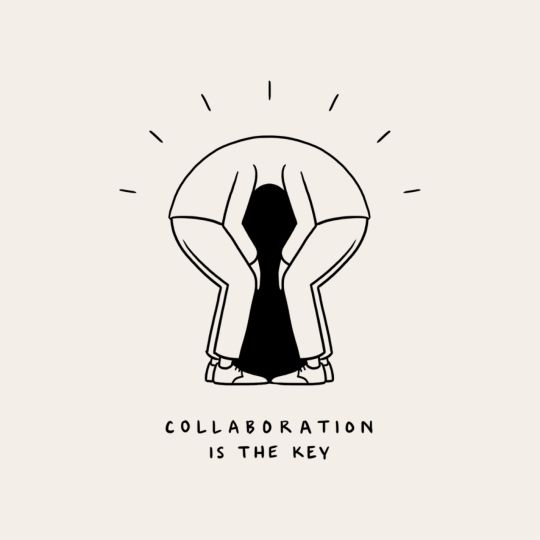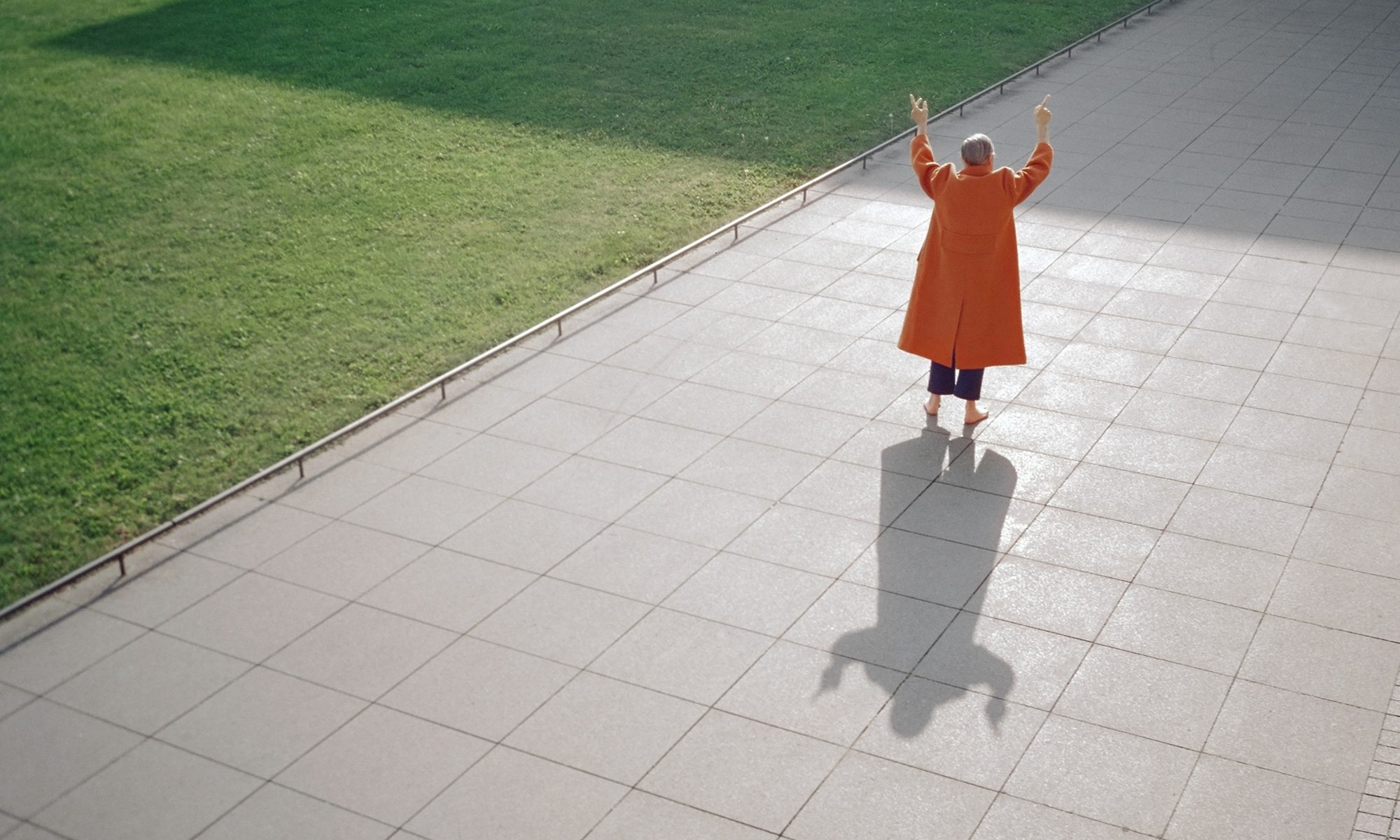
DIWO – Do It With Others extends the ethos of net art towards a more collaborative approach, combining the Internet, experimental artistic mediums and creativity to, expanding the possibilities of art and the role of the artist and the audience.
In an age where people of a wide range of age, culture and creed have access to digital platforms through their devices, the issue of overwhelming virtual interaction is pertinent and seems to be in a sense substituting and overtaking real life interaction between people. Yet, DIWO encourages both virtual and real life interaction between people.
The fact that DIWO platforms do not discriminate in who can engage with it, expands the outreach of materials on the platform, thus strengthening the voice of the artist or designer who has created the work. As mentioned in the essay, traditional methods of exhibiting works such as that by Saatchi and Saatchi constraints the outreach of the work in and limits the type of people who can be exposed to the works. With increased outreach comes more exposure to the opinions of other people engaged in the platform which knows no boundaries. Thus the ability to receive feedback and exchange of information boosts the experience and the works of the artist.
The existence of a collaborative platform also blurs the boundaries and the roles between artist and audience. Allowing active participation from the audience turns the work into a large collaborative effort between creator and participant, constantly allowing the work to evolve in real time, resulting in a maker culture that is unprecedented and unique to contemporary times.
With platforms such as VisitorsStudios bringing about great changes in how artist and audience interact with each other, the boundaries of art is stretched much further as compared to traditional forms of art. With real time art, software art, net art and participatory art all readily available, the art world has transformed into a more inclusive one as compared to before. This is because the increase in the types of works considered art means more people can be called artists and the interest scope of the general public towards art may increase. Art no longer exists just for elites, as it was originally, but for the public.

